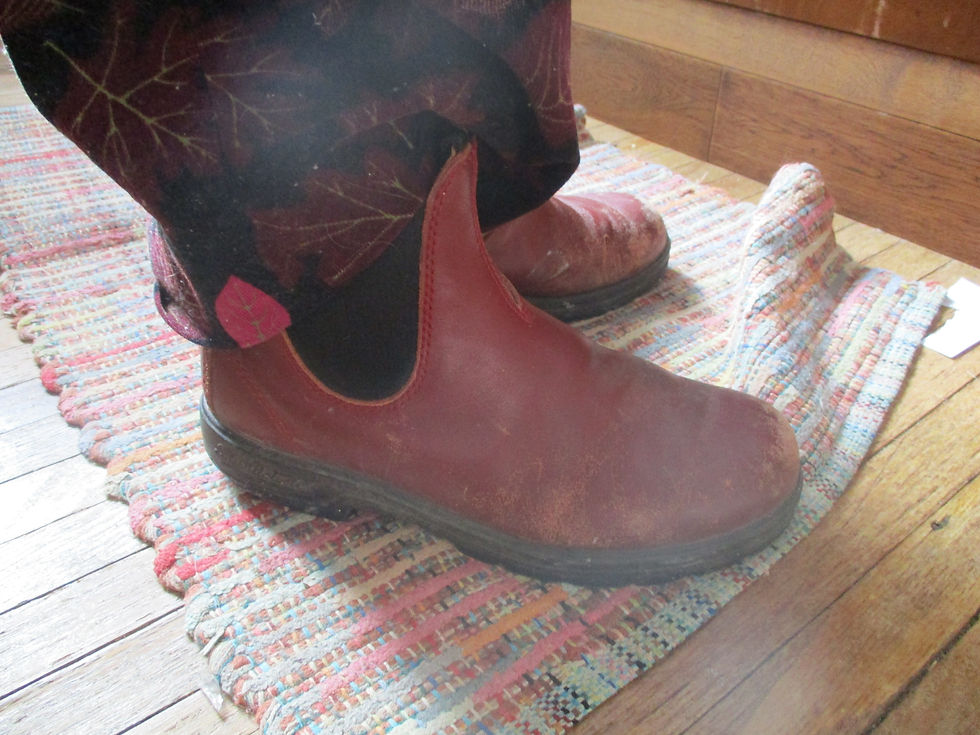The Dirt on Garlic: Why you should try growing it
- Laura Crystal
- Sep 23, 2019
- 2 min read
Updated: Jan 12, 2021
Garlic is easy to grow, requires very little space and most of the stuff you buy in the grocery store is shipped all the way from China (plus home grown tastes better).

If you like garlic and have a small (or large) yard, try your hand at growing it. I have been growing garlic for the last 9 years and it is one of the easiest and most rewarding crops I grow. It requires very little space (grow it around your flowers or veggies and it helps to keep pests away), it requires almost no care, it seems to thrive in most soils with little watering, and it sure is tasty!
Now, you may think that simply growing garlic would have a pretty insignificant environmental impact. It certainly isn't going to save the world but every little bit does help. As I mentioned above, most garlic is shipped from very far away and so less shipping would mean less fuel used and therefor fewer emissions. You also don't know the agricultural practices of different countries and so garlic grown elsewhere may be grown with chemical fertilizers, pesticides and herbicides. Plus, I'm hoping that garlic will be the gateway vegetable that gets you hooked on growing.
I'm writing about garlic now because it needs to be planted in mid- late October so that as soon as the snow melts in the spring, it can begin growing.
It can also be planted in the spring as soon as the ground thaws but the garlic I've planted at that time of year never seems to grow as big. So now's the time to find your garlic source, find or create a space, and dig in.



Comments